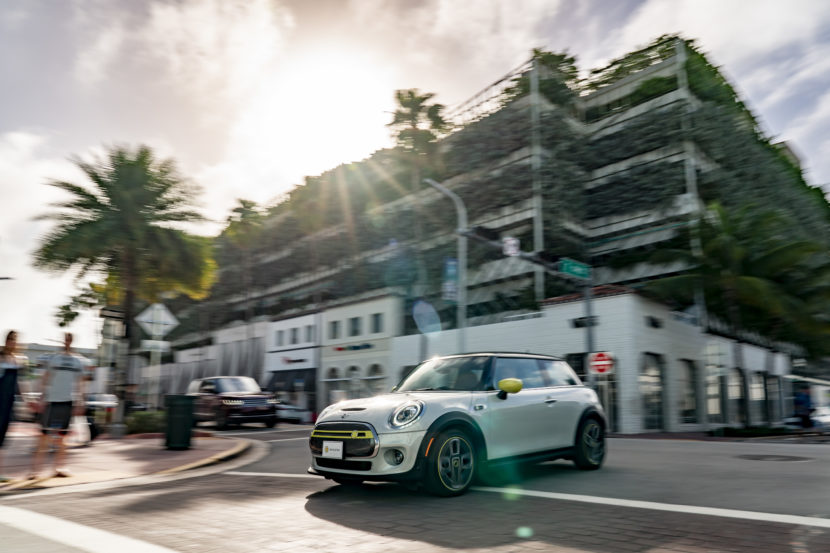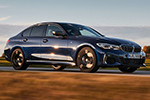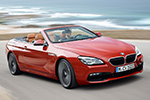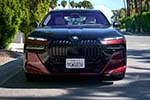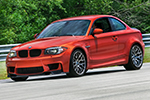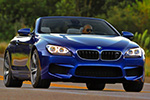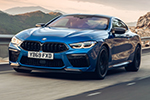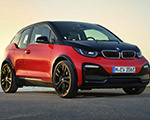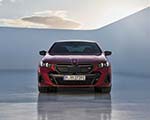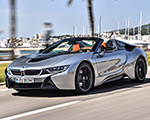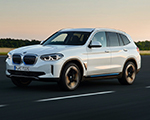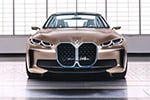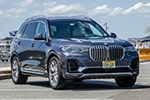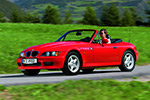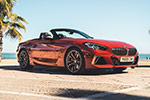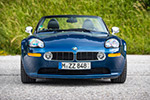We just came back from Miami where we had the chance to test drive the all-new MINI Cooper SE. The electric MINI will go on sale this Spring, while test drives embargo will expire on January 29th. But ahead of the driving impressions, we sat down with the MINI engineering and product team to talk about the new electric car. Some of the details were previously known from our ride review, while others are fresh off the press.
Motor Technology
What kind of motor does the MINI SE use (e.g. AC induction, permanent magnet synchronous reluctance, or a hybrid synchronous motor as used in the i3, etc.)?
The motor is same as used in a BMW i3 mounted for front wheel drive operation.
Is the current i3 motor the same as the original one?
Yes, the same 135kW unit which translates to 181 horsepower and 199 lb-ft of torque.
Why did MINI select the type of motor used?
Proven design with appropriate power, easy to integrate into F56 front-wheel drive architecture. The output is comparable to Cooper S, so this was an ideal fit.
Battery Technology
According to the press release, the MINI SE uses the last-gen i3 battery tech (94 Ah – 32.6 kWh) rather than the 120 Ah battery used in the 2019 i3. If this is true, why was this done?
A modified version of the 94Ah battery package is used and it repackaged to fit into the T-Pack used in the Cooper SE. Therefore, the MINI Cooper SE has battery pack of 32.6 kWh and 28.9 kWh net.
Active liquid heating/cooling of battery? Uses A/C system to cool? Heat pump and/or waste heat from motor to heat battery?
The motor and battery utilize a water / glycol mixture for heating and cooling. Separate circuits are used, utilizing a heat pump system.
I read that the MINI’s DC fast charging is limited to 50 kW. When most other EVs (and new charging stations) are moving to 120, 150, or higher kW charging rates, why limit the charge rate to 50 kW? Because the battery is small? To save money?
Charging is related to battery technology and capacity. The 50kW capability offers the best blend of fast charging capability and charging times, allowing for an 80 percent SOC in as little as 36 minutes. After hitting the 80 percent SOC (state-of-charge), the charging rate will naturally decrease as is typical for all electric vehicles.
Maximum Level 2 charging power is still 7.4 kW?
Yes, which means a full charge will take around 4 hours.
Magnetic/Regenerative Braking
Can the regenerative braking be switched to either on or off, rather than having it on all the time as with the BMW i3?
There are 2 level of regeneration offered – one is more efficiency oriented with a higher level of regen that engages early on throttle lift, the other allows more coasting on lift which is less intrusive during more spirited driving. There is no setting where regeneration is switched off. Regeneration always occurs during braking as well.
With the 2 regeneration modes, the driver can select the preferred degree of regen based on their preferences. Technically true coasting is not possible with the two modes. You can coast if shifting to neutral, as in any other car, but not with pedal position.
MINI has taken this approach to allow flexibility of a more performance oriented driving experience with the option to adjust the level of coast/regen. MINI is appealing to a broader audience that not only wants efficiency of an EV, but the driving characteristics of a MINI. The good thing is customers have the option to experience both regen modes and choose which one they want to experience as their preferences dictate.
What is the maximum regen power in kW, and/or maximum regen braking force (as in, for example, 0.2 G)? By comparison, Model 3 AWD max regen power is 85 kW (0.2G), and 110 kW in track mode (0.3G). Because the MINI is lighter, less regen power would give comparable braking.
The 2 modes provide 0.19g (like i3) and 0.10g.
MINI Cooper SE goes for a ride on the Transfagarasan Road in Romania
Energy/Power Display
We saw in our preview of the MINI SE in New York City that the power graphic had no units attached (just 100%, 50% for power, and “Charge” for regen. Still no actual kW units attached?
No kW in display graphic, only percentage.
Will energy use (efficiency) be displayed? (for example – 192 Wh/km) And in rational units Wh/km or Wh/mi, versus the strange kWh/100 km or kWh/100 miles?
Energy use is displayed in mi / kWh which can be toggled in the instrument cluster lower display and shown in the CID
Interior Options
If you live in areas where the sun is intense and summers are often very hot, black interiors and glass roofs are not always preferable. In the past MINIs were offered only with black interiors (except leather). Is this the case now?
Model year 2020 Signature Plus trim comes with Cloth Leatherette Black Pearl / Light Grey where the light grey is the cloth seating surface.
Also, solid roof for lower tiers, and glass roof for top trim level?
Panoramic Moonroof is included with Signature Plus and Iconic Trims / Signature Trim has a solid roof.
Will the MINI SE have something like Tesla’s “dog mode,” allowing the climate control system to operate while the car is parked and locked? Or while you are waiting inside the car while it is fast charging?
There is no “dog mode” per se, however it is possible to activate “Comfort Climate” By activating this, the can will heat or cool to a comfortable level without being “on”.
This mode can also be used to precondition the car before driving off, either by heating or cooling. This pre-conditioning can also be programmed to have the car ready at a defined time, say at the planned departure time. If plugged in, grid power is used, if not plugged in, battery capacity is utilized.
My Opinion: MINI Cooper SE will be more fun than the BMW M135i
Driving Range
MINI said the car was tested in the new WLTP cycle used in Europe and returned an expected range of 146-167 miles (235-270 km). Those were encouraging figures to start off with. However, the EPA rating in the United States is 110 miles (176 km).
Thanks to our reader Chris Llana for contributing to this report.


